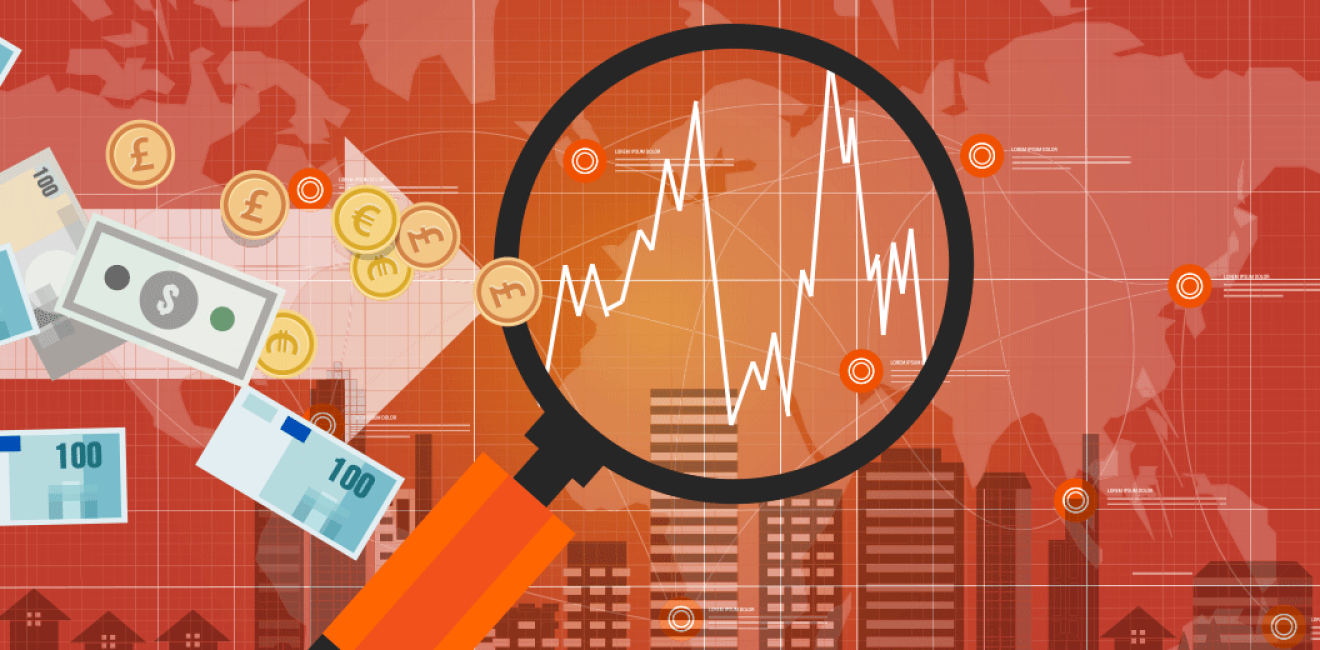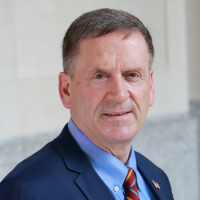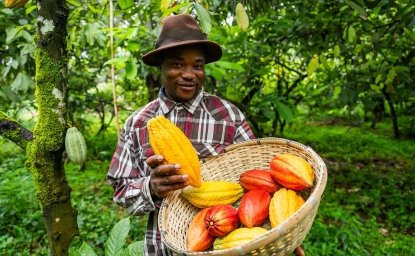
A blog of the Wilson Center

Excluding brief periods of recession, last year saw the smallest rate of growth in international trade in a half century.
The growth of international trade has been one of the most important economic developments in modern times. In Europe and America, it has improved the standard of living for countless people and brought products and technologies previously affordable for only the most affluent within reach of everyday consumers. In many developing countries, simply put, the rise of trade has helped to lift more than one billion people out of extreme poverty.
And yet in 2024, trade seems to have become the proverbial “skunk at the pool party.” Political leaders look away whenever the topic comes up.
Globally, the rate of new free trade agreements has declined to roughly five a year since 2020—a sharp drop compared to what was about a dozen each year in the early 2000s. Instead of looking for ways to lower trade barriers in the name of fostering commerce and economic activity, the US and others have increased restrictions on foreign commercial interests. The World Bank and Global Trade Alert jointly report that nearly 3,000 restrictive trade policies or practices were put in place in 2023 alone. Add these to the impacts of conflict in Ukraine and elsewhere, it’s hardly a surprise that global trade in goods and services increased less than half a percent in 2023. Trade in products alone shrank by nearly 2%, marking the most significant decrease outside of a global recession.
Despite all this, it’s clear that many parts of the world are pursuing free trade opportunities, especially in Latin America, Asia, and Africa. In 2019, when it garnered 22 signatories, the African Continental Free Trade Agreement (AfCFTA) went into effect. When a wave of other nations formally signed on this year, it was declared “operational.” Once fully implemented, the zone covered by AfCFTA will become the world’s largest free-trade area in terms of member countries, and it will connect more than 1.3 billion people. AfCFTA Secretary General Wamkele Mene reflected on the urgency of implementing the agreement while at the Wilson Center in 2021: "We have a very significant challenge to accelerate Africa's industrial development capacity because we know […] that industrialization is not a short journey. That it takes decade after decade of disciplined implementation of an industrial action plan and that there is no shortcut to development.”
Europe is also active on the trade front. The EU recently signed digital free trade agreements with Singapore and New Zealand and is seeking to complete another agreement with Mercosur, the South American trade bloc consisting of Argentina, Brazil, Paraguay, and Uruguay. The UK’s 2022 Free Trade Agreements with Australia and New Zealand officially went into effect last year, and last July, UK officials signed a treaty to become a member of the Comprehensive and Progressive Agreement for Trans-Pacific Partnership trade group—joining Australia, Brunei, Canada, Chile, Japan, Malaysia, Mexico, New Zealand, Peru, Singapore, and Vietnam.
In Asia, Pakistan has now concluded a free trade agreement with the Gulf Cooperation Council, and the Regional Comprehensive Economic Partnership is expanding trade across the region—with China squarely at its center. China also continues to vigorously push for expanded trade in developing countries. Last year, it signed a free trade deal with Ecuador and upgraded its trade relationship with Colombia, building upon its existing deals across Central and South America including Peru, Chile, and Costa Rica. And as noted in a previous Stubborn Thing, for more than three decades, Chinese foreign ministers have begun each year with a trip to the African continent.
The US hasn’t entirely abandoned its pursuit of stronger economic relationships. In Asia, it signed investment agreements with Japan and the Philippines and is taking steps to pursue a “21st Century” trade initiative with Taiwan. In 2022, the Biden Administration negotiated an Indo-Pacific Economic framework, or IPEF, that included fourteen signatory countries. In Africa, the US continues to discuss a Strategic Trade and Investment Partnership with Kenya. And in the Americas, it’s promoting stronger economic ties through the Americas Partnership for Economic Prosperity. Yet, importantly, none of these initiatives does anything to tackle or reduce trade barriers, and mostly skirt references to “market access,” customary language for facilitating trade.
What other nations see as America’s growing hesitancy on trade seems to be impacting their views on US economic leadership. In the 2024 State of Southeast Asia Survey conducted by the ASEAN Studies Center at ISEAS-Yusof Ishak Institute, for the first time in five years, more respondents said they prefer China over the US as a trade partner. The ASEAN Studies Center attributed this dramatic change to China’s increased “infrastructure diplomacy” across the region through its Belt and Road Initiative, including a $10 billion investment into Malaysia’s auto industry and jointly building Indonesia’s first high-speed railway. When asked who they viewed as the most influential economic power in the region, nearly 60% listed China as number one. Nearly 40% of survey participants thought US engagement with the region has declined, while only a quarter believe it’s increased.
Are US political leaders misreading the American public’s appetite for trade? Only five years ago, Congress endorsed the US-Mexico-Canada Agreement on trade with the largest bipartisan vote ever cast for a free trade agreement. Americans may have a tradition of trying to “avoid foreign entanglements,” but they also know that 95% of the world’s consumers live outside the US. They know that millions of jobs are dependent on being able to sell to those consumers.
Our apparent reluctance to pursue new trade opportunities isn’t preventing the rest of the world from moving forward without us. As with so many other important issues, others—partners and rivals both—are watching our action, and inaction, closely.
This blog was created with the assistance of Katherine Schauer.
Author

Explore More in Stubborn Things
Browse Stubborn Things
Spying on Poachers

China and the Chocolate Factory

India: Economic Growth, Environmental Realities
